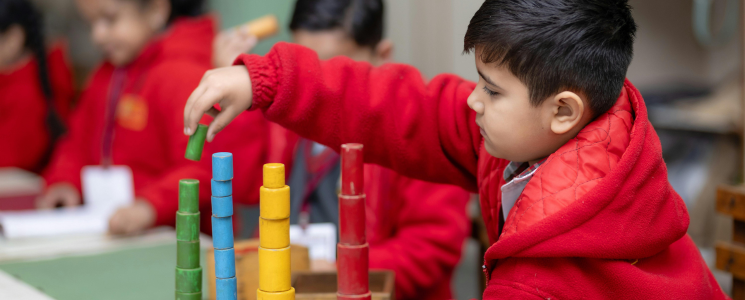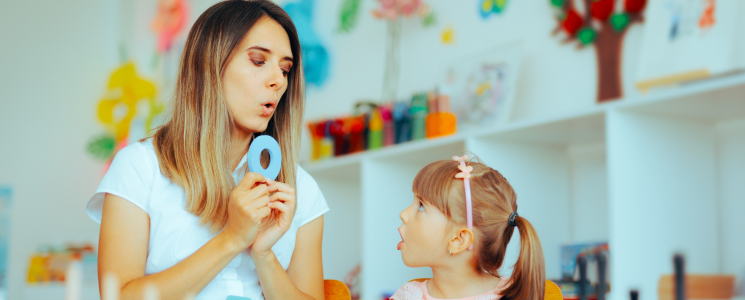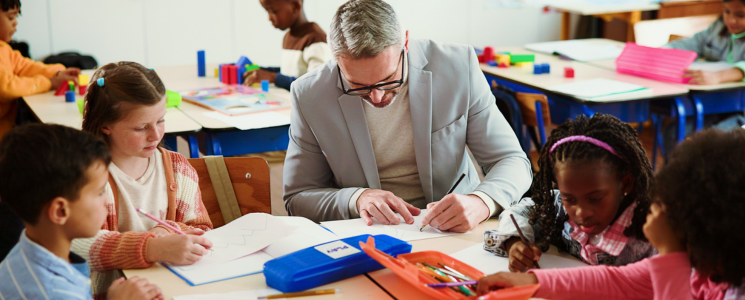Art is one of the most powerful ways for students to express ideas, emotions, and perspectives. It builds creativity, critical thinking, and cultural awareness, skills that extend far beyond the classroom. Within the Australian Curriculum Art framework, teachers are encouraged to inspire curiosity and imagination through diverse creative activities. But how can you make Art lessons both educational and engaging while meeting curriculum outcomes?
This guide explores practical, exciting classroom activities that align with the Australian Curriculum Art. Whether you teach primary or secondary students, these ideas will help you nurture creativity, support skill development, and build confidence in every young artist.
Understanding the Australian Curriculum Art Framework
Before exploring classroom activities, it helps to understand what the Australian Curriculum Art aims to achieve. The Art strand sits within “The Arts” learning area, which also includes Dance, Drama, Media Arts, and Music.
The curriculum encourages students to:
- Explore visual arts practices, techniques, and materials
- Develop skills to express ideas and emotions visually
- Understand the role of artists in different cultural and historical contexts
- Reflect on and evaluate their own and others’ artworks
The goal is not just to teach technical drawing or painting. It’s to help students think critically, collaborate creatively, and connect their art to the world around them. Teachers play a key role in creating opportunities for students to explore, experiment, and respond to visual ideas in meaningful ways.
With this understanding, you can design classroom activities that align with the Australian Curriculum Art while keeping lessons dynamic and student-centered.
Exploring Identity Through Portrait Art
Portraits have always been a fascinating way to explore identity. In the context of the Australian Curriculum Art, portrait-based activities allow students to reflect on who they are while experimenting with artistic styles and techniques.
Start with a simple self-portrait project. Encourage students to look in mirrors and notice small details, the curve of their smile, the shape of their eyes, or the texture of their hair. Then, challenge them to express emotion through color and form rather than aiming for photographic accuracy.
To deepen learning, introduce famous portrait artists such as Frida Kahlo or Vincent van Gogh. Discuss how these artists used symbolism and color to express inner feelings. Students can then create a “symbolic self-portrait” that includes objects or patterns representing their personality, interests, or dreams.
This activity aligns beautifully with the Australian Curriculum Art because it builds both technical and conceptual understanding. It also promotes self-awareness and empathy as students share and discuss their work with peers.
Exploring Culture and Community Through Collaborative Murals
Community-based art projects encourage teamwork, cultural appreciation, and social connection, all key values in the Australian Curriculum Art framework. A collaborative mural is a powerful way to achieve this.
Begin by discussing local culture and identity. Ask students what makes their community unique. It could be nature, local landmarks, Indigenous heritage, or shared values such as kindness and respect.
Once the class agrees on a theme, divide the mural into sections, assigning each group or student a part of the overall design. This allows every student to contribute while promoting cooperation and shared ownership of the final piece.
Use a variety of materials, paint, collage, or recycled textures, to bring the mural to life. When finished, display it in a school hallway or community space. The process of collaboration, from planning to painting, helps students develop communication and problem-solving skills while applying visual art principles.
This type of project perfectly reflects the Australian Curriculum Art focus on cultural understanding, teamwork, and creative thinking.
Nature-Inspired Art and Sustainability Projects
Integrating environmental themes into your Art classroom not only supports the Australian Curriculum Art but also connects with cross-curricular priorities like sustainability. Students learn that art can be a powerful tool for environmental awareness and advocacy.
Start with a “Nature Walk Sketchbook” activity. Take students outdoors to observe their surroundings closely. Ask them to sketch leaves, flowers, insects, or textures they find interesting. Back in the classroom, they can use these sketches to create paintings, prints, or digital illustrations.
Another engaging project involves creating “Eco Sculptures” from recycled materials. Students can design animals, landscapes, or abstract forms that reflect environmental themes such as conservation or climate change. This hands-on approach teaches responsibility and creativity simultaneously.
To expand learning, discuss artists like Andy Goldsworthy, who use natural materials to create temporary outdoor installations. His work demonstrates how art can connect people to nature in simple yet profound ways.
Through activities like these, students not only fulfill the requirements of the Australian Curriculum Art but also develop an appreciation for the environment and the role of art in sustainability education.
Storytelling Through Mixed Media Art
Storytelling is at the heart of all great art. Encouraging students to tell stories through mixed media projects helps them connect emotions, imagination, and creativity. This aligns directly with the goals of the Australian Curriculum Art, which emphasizes expressing ideas through diverse materials and techniques.
For this activity, start by asking students to think of a personal or fictional story they want to tell. It could be about a favorite memory, a dream, or a message they want to share. Provide materials like paint, fabric, photographs, magazine cutouts, and colored paper.
Students then layer different textures and materials to create visual narratives. They learn how composition, balance, and contrast contribute to the overall message of their artwork.
To reinforce critical thinking, encourage students to explain their creative choices, why they selected certain colors, images, or materials. This reflection stage deepens understanding of how visual elements communicate meaning.
Mixed media art projects support differentiation, allowing students with varying skill levels to succeed and express themselves fully. The open-ended nature of this activity also fosters innovation and curiosity, key outcomes within the Australian Curriculum Art framework.
Exploring Indigenous Art and Cultural Awareness
Incorporating Indigenous perspectives is an essential part of teaching Australian Curriculum Art. It helps students appreciate Australia’s rich cultural heritage while promoting respect, inclusion, and understanding.
Start by introducing students to traditional and contemporary Aboriginal and Torres Strait Islander artists. Explore the symbolism, stories, and techniques used in their art forms, such as dot painting, weaving, or bark art.
It’s important to approach this topic respectfully. Collaborate with local Indigenous communities, elders, or cultural educators when possible. Allow them to share stories and meanings behind specific symbols and artworks. This creates authentic learning experiences and fosters cultural appreciation.
After learning about Indigenous art styles, students can create their own works inspired by patterns and storytelling traditions, while ensuring they do not replicate sacred or restricted symbols. The focus should be on understanding the principles of connection, place, and storytelling rather than imitation.
This approach aligns closely with the Australian Curriculum Art objectives of exploring cultural diversity, developing empathy, and understanding how art reflects identity and heritage.
Integrating Digital Art in the Modern Classroom
Today’s students are growing up in a digital world. Integrating technology into Art education helps them develop 21st-century skills while keeping lessons relevant and engaging. Digital projects also align with the evolving Australian Curriculum Art, which encourages exploration of contemporary art forms and media technologies.
Introduce students to digital illustration tools, photo editing software, or animation platforms. For example, students can create digital self-portraits, animated stories, or photo collages that explore identity and social themes.
You can also organize a “Digital Art Exhibition” where students showcase their work on an online platform or through a virtual gallery. This not only builds digital literacy but also gives students a sense of accomplishment and visibility beyond the classroom walls.
Digital art encourages creativity while developing technical competence, a balance that supports both curriculum standards and future-ready learning.
The Power of Reflection and Art Critique
Reflection is an essential component of the Australian Curriculum Art. Encouraging students to think critically about their own and others’ work builds visual literacy, communication skills, and self-awareness.
After completing a project, hold a class discussion or “gallery walk.” Students display their artwork and describe their creative process, materials, and inspiration. Peers can provide positive, constructive feedback based on agreed criteria.
This reflection process helps students understand that art is subjective and that every piece tells a unique story. It fosters confidence and a sense of accomplishment while teaching them to appreciate diverse artistic perspectives.
By making reflection a regular classroom practice, you help students grow not only as artists but also as thinkers and communicators.
Building a Creative and Supportive Classroom Environment
A creative environment is the foundation of successful Art education. According to the Australian Curriculum Art, classrooms should be spaces where students feel safe to experiment, make mistakes, and express themselves freely.
Simple steps can make a big difference. Display student artwork proudly around the classroom. Create a “creative corner” with a variety of materials for spontaneous art-making. Play soft music during studio sessions to inspire focus and relaxation.
Encourage collaboration through group projects, discussions, and art exhibitions. When students feel their ideas are valued, they take more creative risks and develop stronger artistic identities.By fostering this kind of supportive environment, you create the conditions where creativity flourishes and students thrive, both academically and emotionally.
Teaching Art within the Australian Curriculum Art framework offers endless opportunities for creativity, exploration, and connection. From portrait studies and community murals to nature-inspired projects and digital design, every activity can become a journey of discovery. When teachers combine thoughtful planning with engaging activities, students learn not only artistic skills but also empathy, confidence, and a sense of belonging. Art helps them see the world differently, and perhaps, make it a little more beautiful.
By embracing these classroom strategies and aligning them with the Australian Curriculum Art, you can inspire students to express themselves, appreciate diversity, and develop lifelong creativity. The best Art lessons are those that make students feel proud of what they create and excited to learn more every day.







